Introduction
In this episode of Common Caws for Sustainability — a podcast produced in partnership with the University of Washington Bothell and Cascadia College Offices of Sustainability — host Gwen Schwenk speaks with Seattle-based designer Crystalyn Brennan about the art and logistics of running a slow fashion brand. For nearly 25 years, Crystalyn has built her namesake company, Crystalyn Kae Accessories, around sustainable materials, domestic small-batch production, and timeless design. Together, they explore what it means to scale sustainably, maintain integrity, and create products that last a lifetime.
Origins of a Slow Fashion Brand
Gwen: Could you introduce yourself and tell us a little bit about Crystalyn Kae?
Crystalyn: Sure, happy to. Thanks, Gwen. My name is Crystalyn. I am the owner and founder of Crystalyn Kae Accessories, which is my first and middle name. I started out in 2001, so almost 25 years ago. I had a degree in fashion, but I wasn’t entirely sure I wanted to be a designer. I thought I wanted to be a buyer — I love the analytical, nerd-out side of data — but the creative side really clicked when I interned at Liberty of London. Being in those tiny basement workshops with fabric everywhere demystified what it meant to be a fashion designer.
Starting out, I wasn’t sure what I wanted to make, but I knew I wanted it to be fashion. I made skirts out of pillowcases and jeans because my creativity comes from having an object and needing to do something with it — that creative challenge. One day, a vintage dealer approached me and said, “I have a whole warehouse of vintage clothes. Maybe you could do something cool with it.” It blew my mind.
Inside were boxes of t-shirts, patches, shoes, and plaid pant legs from the 70s — those golf pants your grandpa might wear. I thought, This is basically fabric! I wondered if I could open the seams and do something cool. That’s how I started making bags. It was the first time I discovered what scalability meant in sustainability: you can’t just thrift forever. You need a consistent, reliable supply if you want to grow.
I had interns helping me cut and plan, and my mom sewed all the bags from her home in Eastern Washington. I packed a suitcase full of purses and took them to New York. People bought them right out of my suitcase! Looking back, it seems bonkers, but it worked.
Defining Sustainability
Gwen: What does sustainability mean to you, professionally and personally?
Crystalyn: For me, it’s about balance. Sustainability means running a business that keeps me happy, pays the bills, and supports the people who help me. It’s not about becoming a millionaire; it’s about maintaining a viable system. You need systems that are scalable and can keep your business profitable. So many sustainable brands start strong but don’t make it long-term because scalability is hard. The goal is to build something that lasts.
In this section, Crystalyn frames sustainability as both personal viability and product longevity — keeping the lights on while making something useful and beautiful that lasts the test of time.
Finding Scalable Sustainability
Gwen: What are some of the most scalable, sustainable practices that you’ve implemented in your business?
Crystalyn: Well, eventually the pant legs ran out! People began asking if I could make leather bags. I was a vegetarian and felt a bit uneasy about that. Leather is inconsistent; it comes in shapes, not rolls, so it’s hard to scale. I thought back to the upholstery materials I used earlier and started exploring that.
Then came my big turning point: discovering FABSCRAP. It’s a nonprofit that rescues surplus materials from big fashion houses. In New York, design houses over-order hides, fabrics, and trims during the sampling process — and the extras often end up in landfills. FABSCRAP collects those materials and redistributes them to small designers. That changed everything for me. Suddenly, I had access to a steady, high-quality, sustainable supply chain that didn’t rely on new production.
Upcycling a single jacket into a bag is inspiring, but turning hundreds into a reliable line requires systems. Crystalyn’s partnership with FABSCRAP provided scalable sustainability: predictable quality, consistent supply, and reduced material risk.
Balancing Durability and Ethics
Gwen: What are some misconceptions you encounter about sustainable materials?
Crystalyn: People often offer to bring me thrifted leather jackets, which is so kind, but not practical. If someone wants to upcycle Grandma’s jacket into a custom bag, that’s wonderful. But for production, I need scalable, consistent materials. That’s where surplus and reclaimed leather come in.
On the other hand, I’m very cautious about new innovations like pineapple or mushroom leather. They sound exciting, but if a material doesn’t hold up, it creates waste and damages your brand. Since my bags are meant to last for years and include a repair program, I can’t risk using something untested. I always say: sustainability only works if durability does too.
I use reclaimed materials where possible, but I buy new zippers and thread because I want the bags to last. It’s about making responsible trade-offs.

Crystalyn’s approach — pairing reclaimed materials with new, high-quality components — demonstrates real-world sustainability: balancing impact and lifespan while protecting product integrity.
The Most Sustainable Bag
Gwen: What key mindset do you wish more consumers had when shopping sustainably?
Crystalyn: I always ask: What’s the most sustainable bag in the world? The one you already own! You don’t need another bag — but when yours finally wears out, that’s when you choose wisely. Buy something that lasts. Buy from brands that are transparent about their materials and labor.
As Crystalyn points out, sustainability is as much about conscious consumption as it is about responsible production.
Transparency, Labor, and Responsibility
Gwen: What about transparency in fashion? How do you see big brands handling this?
Crystalyn: It’s complex. On one hand, it’s wasteful how most brands design and produce their lines. But I give credit to those recognizing the problem and working to change it. Some of my leather comes from big brands like Marc Jacobs that partner with FABSCRAP to donate unused materials. They’re at least taking responsibility instead of sending it to landfill.
Labor is another big piece. No matter where it’s made — Italy, the U.S., anywhere — labor is the most expensive part. Transparency about who’s making your goods and how they’re treated is essential. That’s why my production is local and small-scale. Everything is sewn on my own restored vintage industrial sewing machines, right here in Seattle. [link: About page]
For Crystalyn, sustainability includes paying fair wages, reducing waste, and crafting products that truly endure. Her bags are proven to look better with every wear and cross the world (and the washing machine) for years without failing.
Collaboration and Collective Progress
Gwen notes that sustainability becomes more scalable when small businesses collaborate and share resources. Networks like FABSCRAP make that possible, helping designers like Crystalyn reduce costs and increase impact.
Crystalyn: Exactly. Collaboration is everything. Whether it’s material sharing, educational partnerships, or mentorship, none of us can do this alone. The future of sustainable fashion depends on creative ecosystems, not competition.
Closing Thoughts
This conversation captures what makes Crystalyn Kae Accessories a model for sustainable design: creativity under constraint, systems that scale, and an unwavering commitment to durability and integrity.
Listen to the full episode of Common Caws for Sustainability to hear the complete discussion, and explore more about Crystalyn’s approach to ethical, small-batch craftsmanship at www.crystalynkae.com



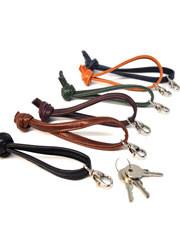
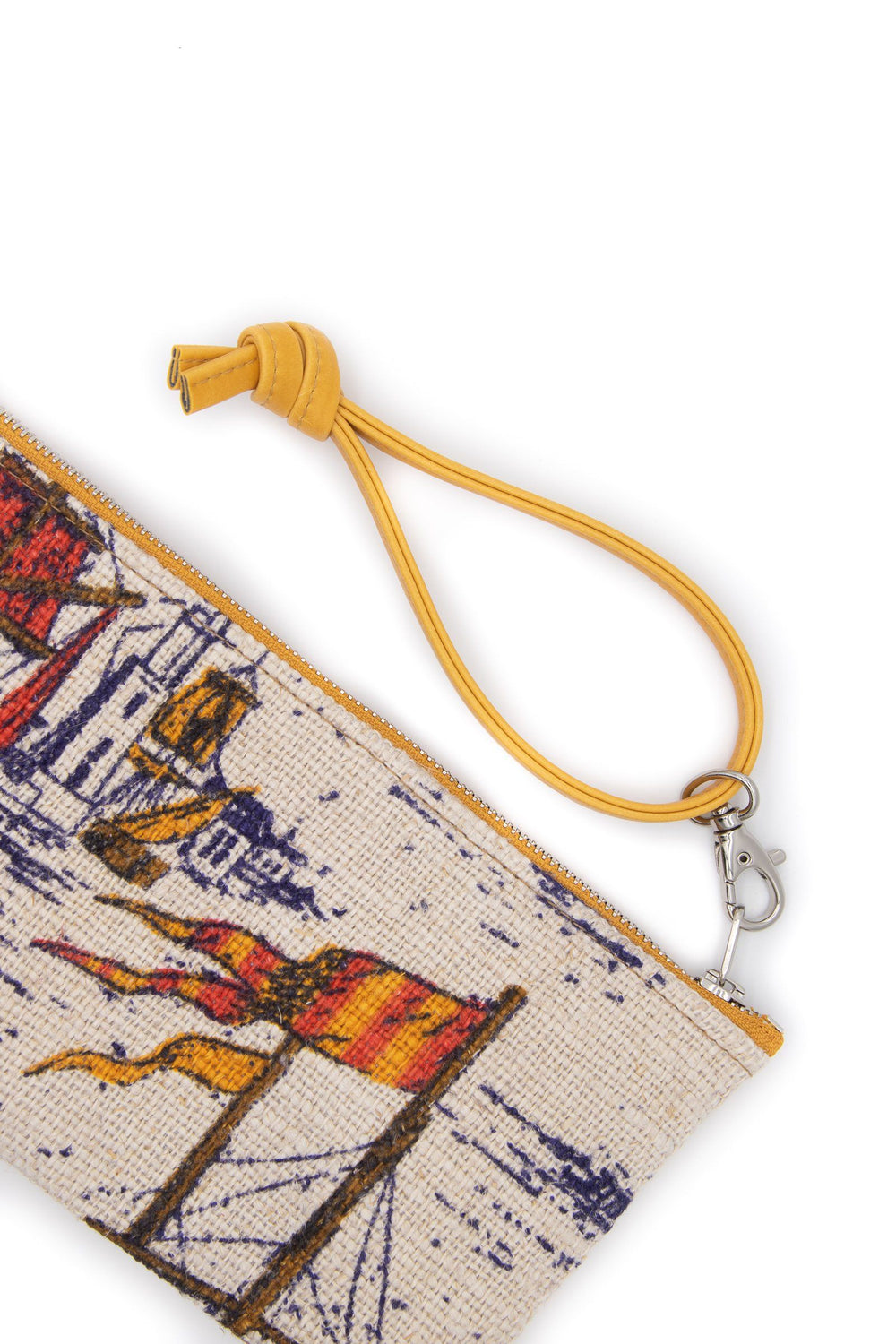
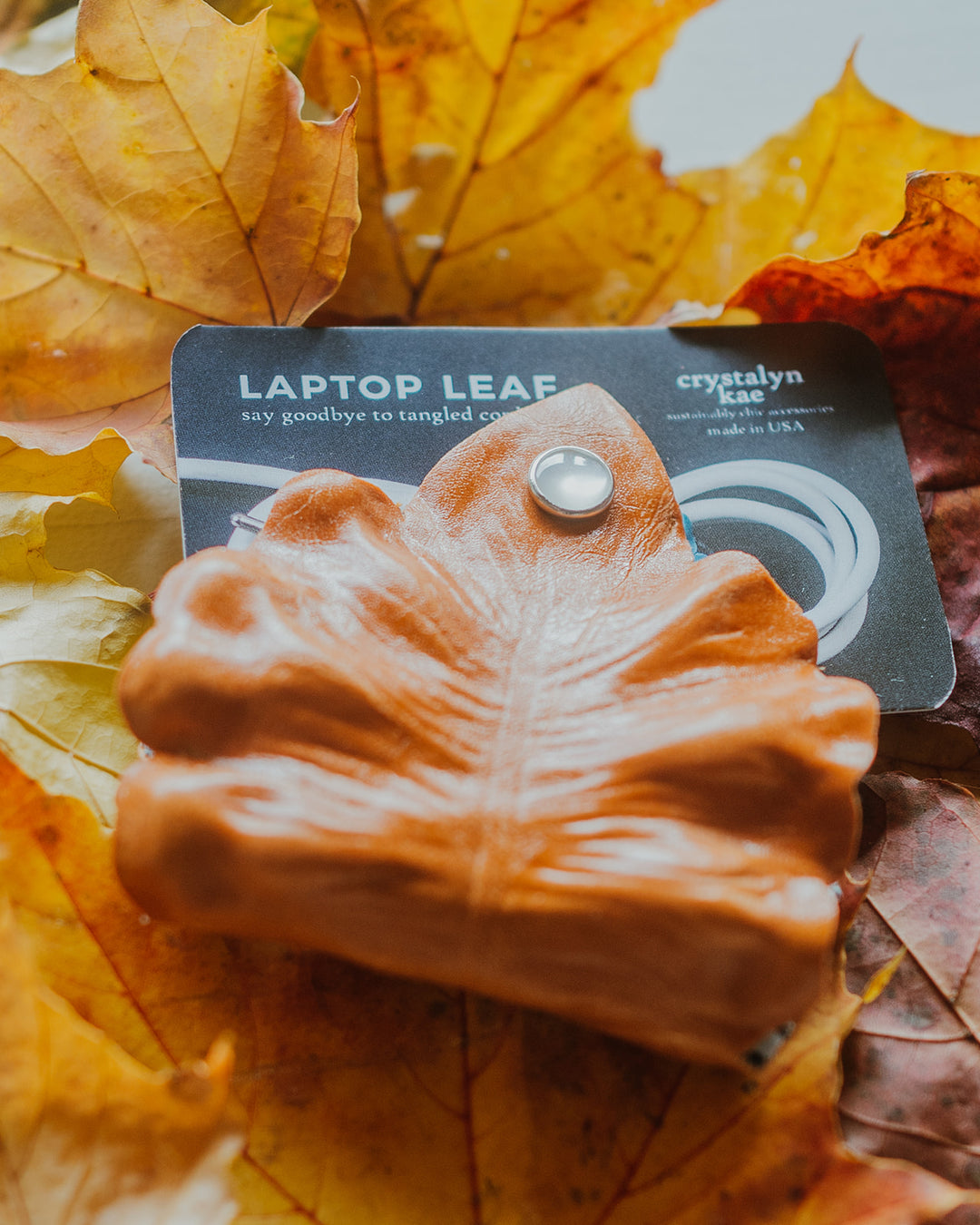




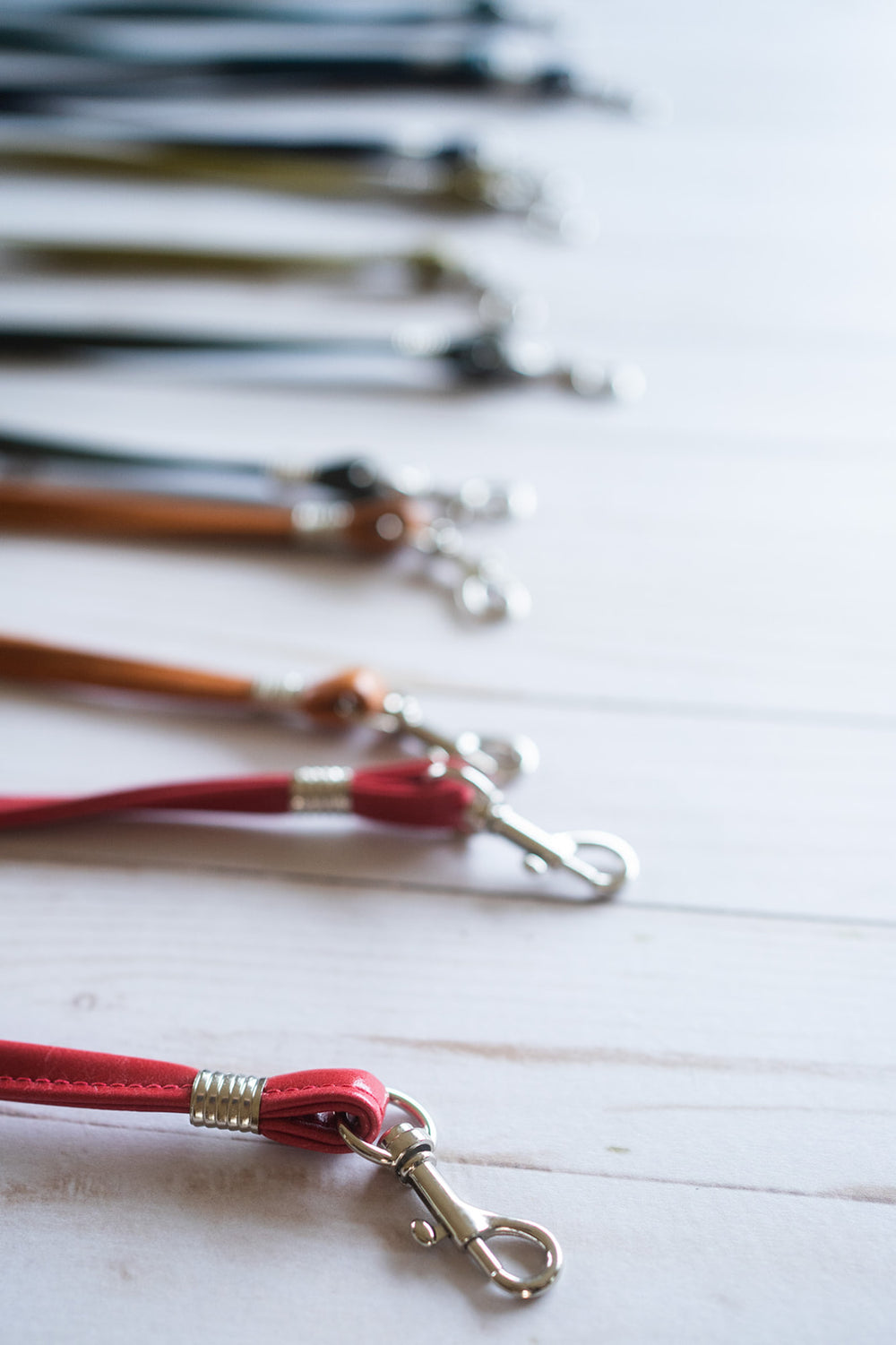

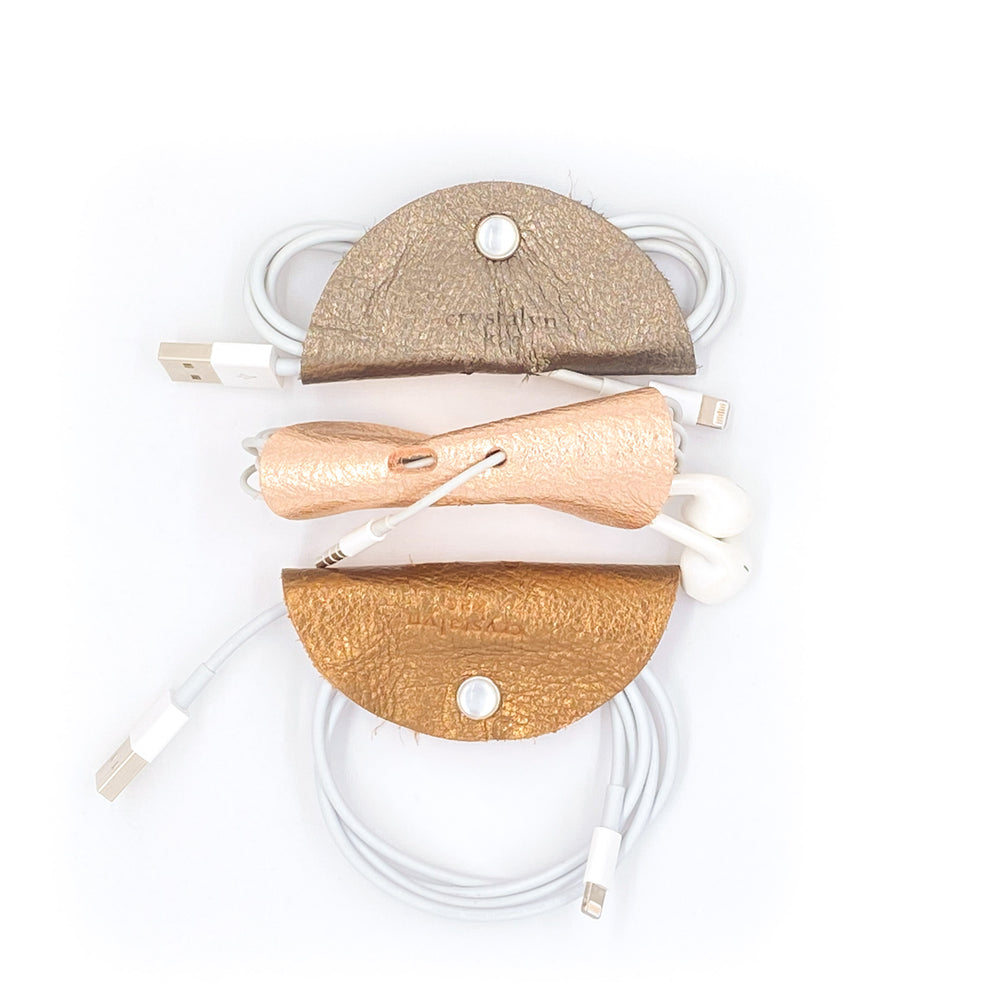
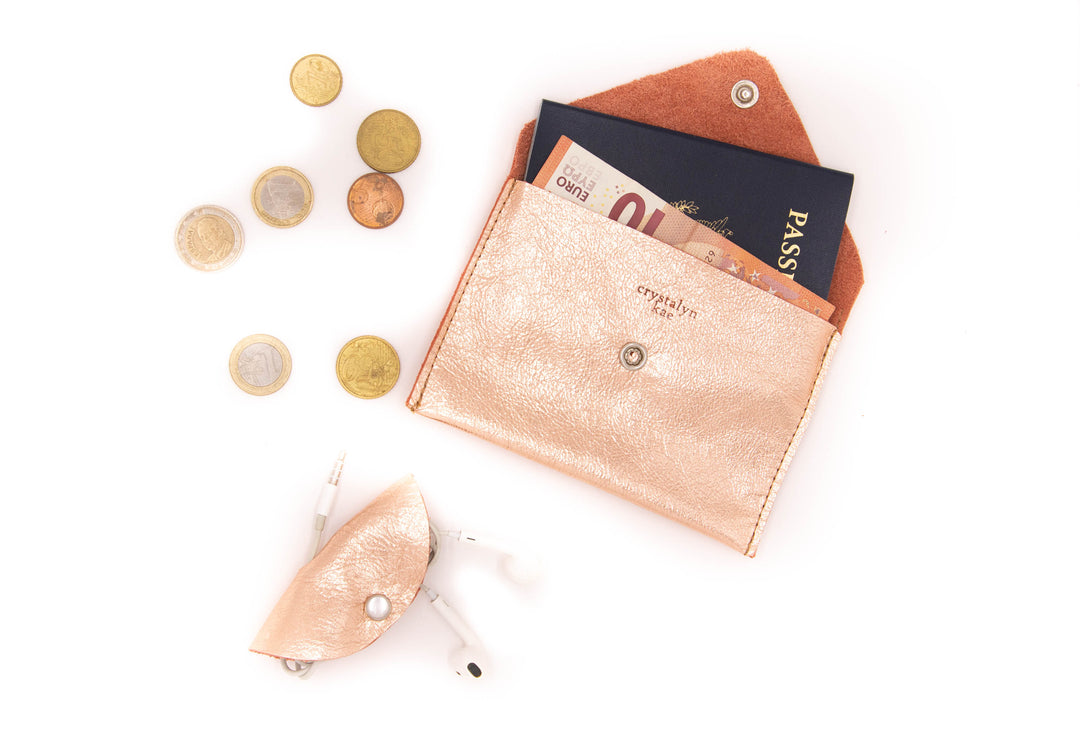
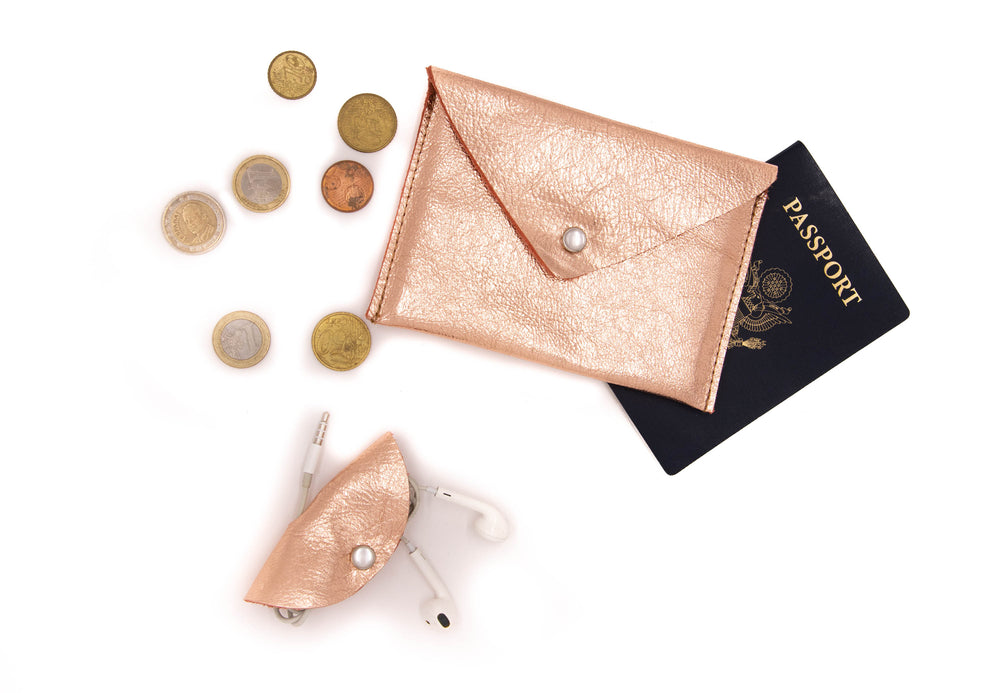
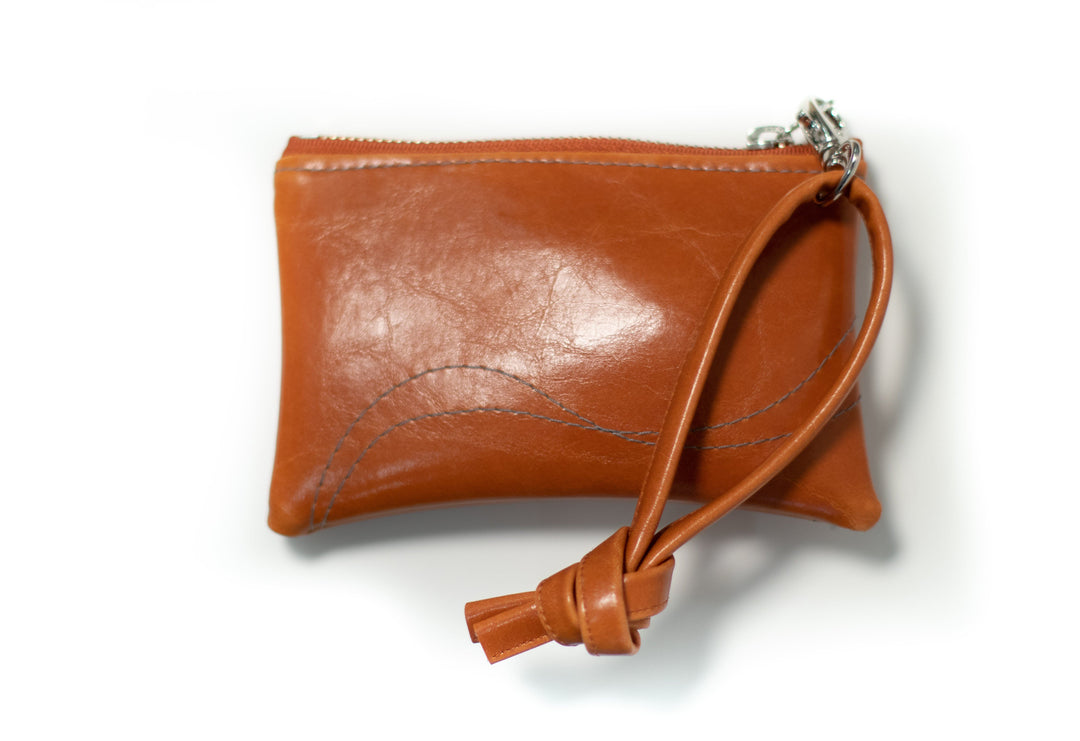






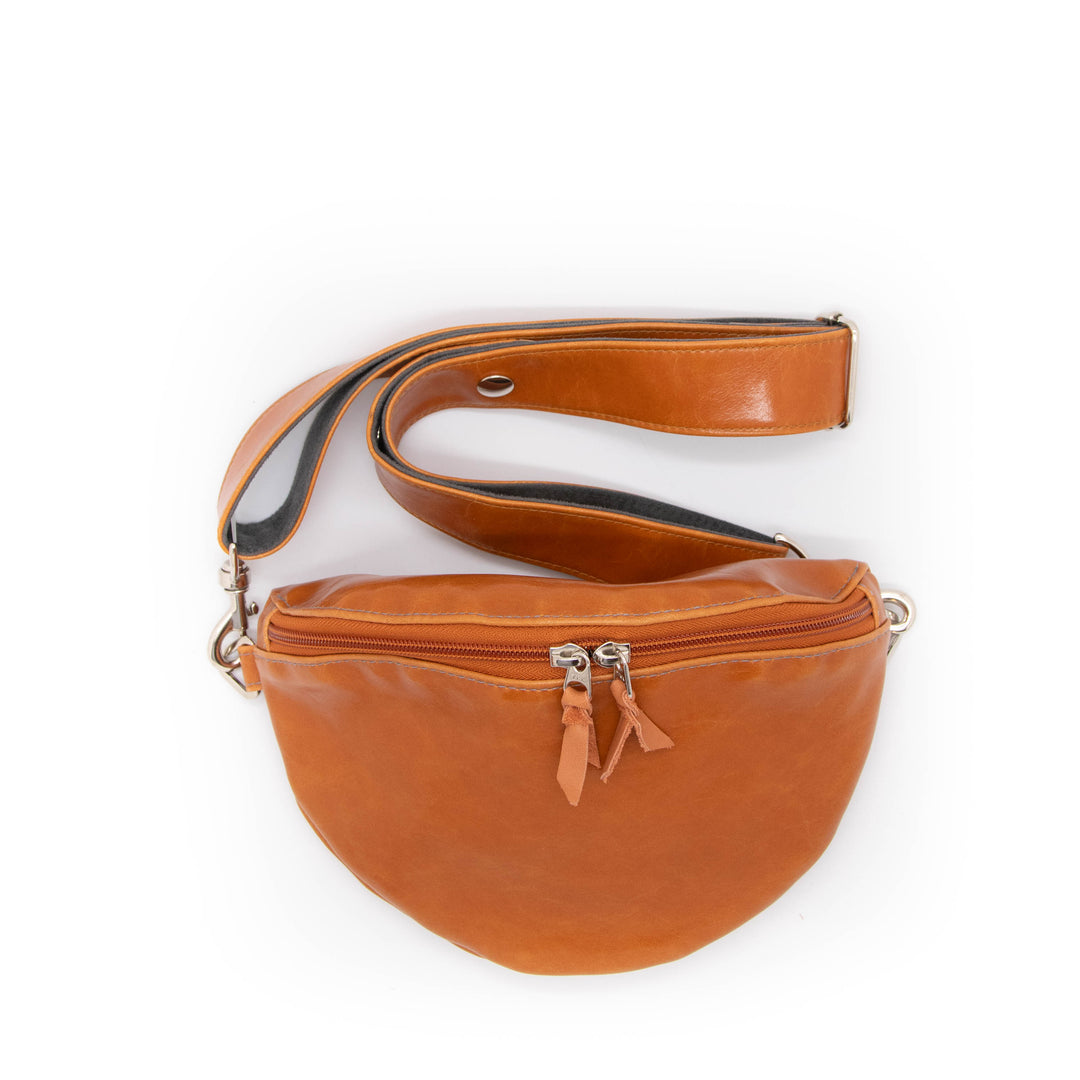
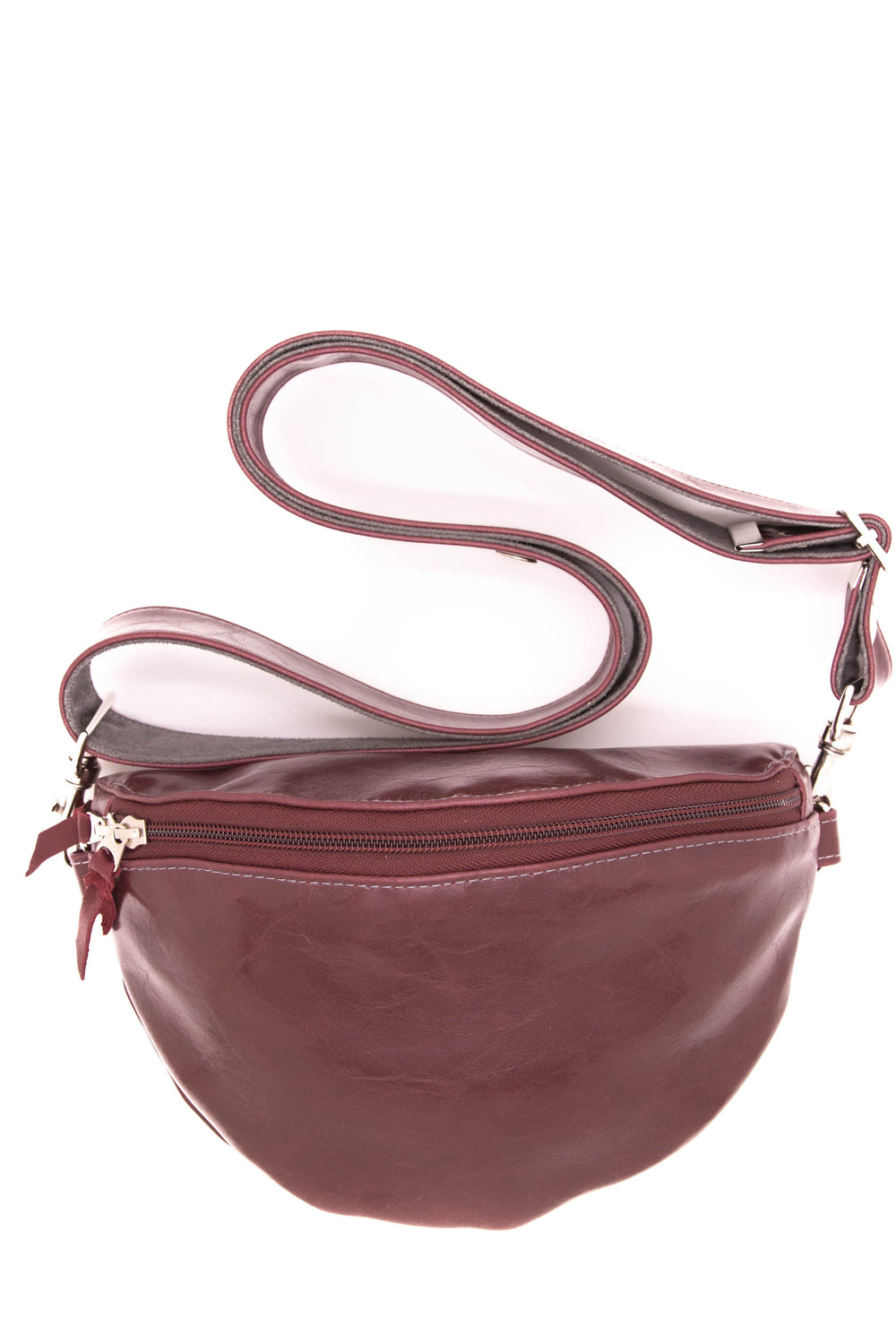
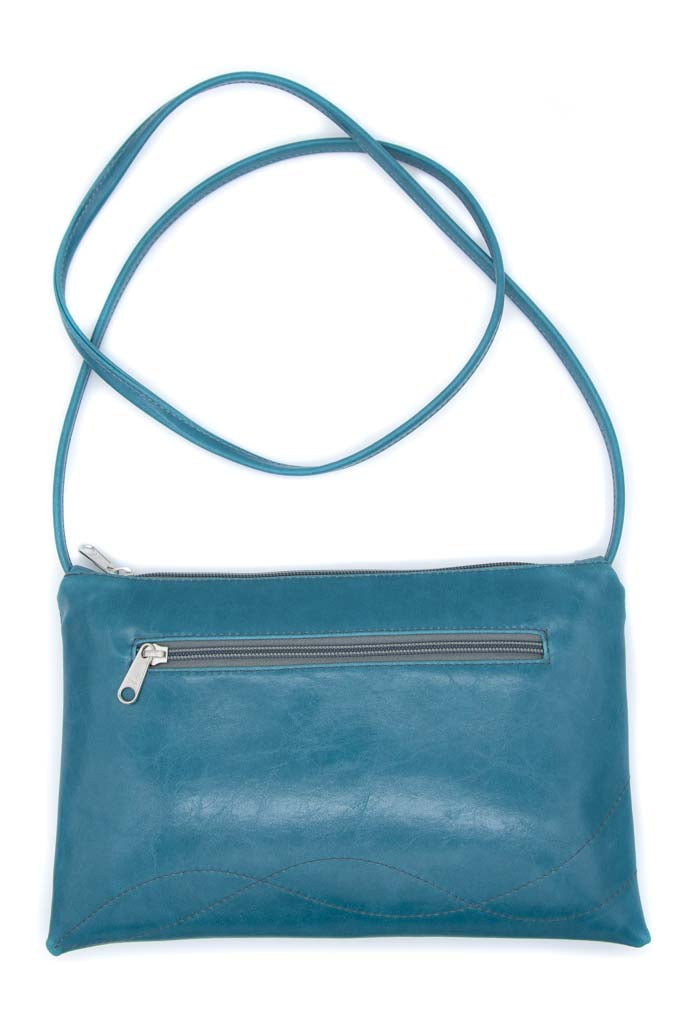

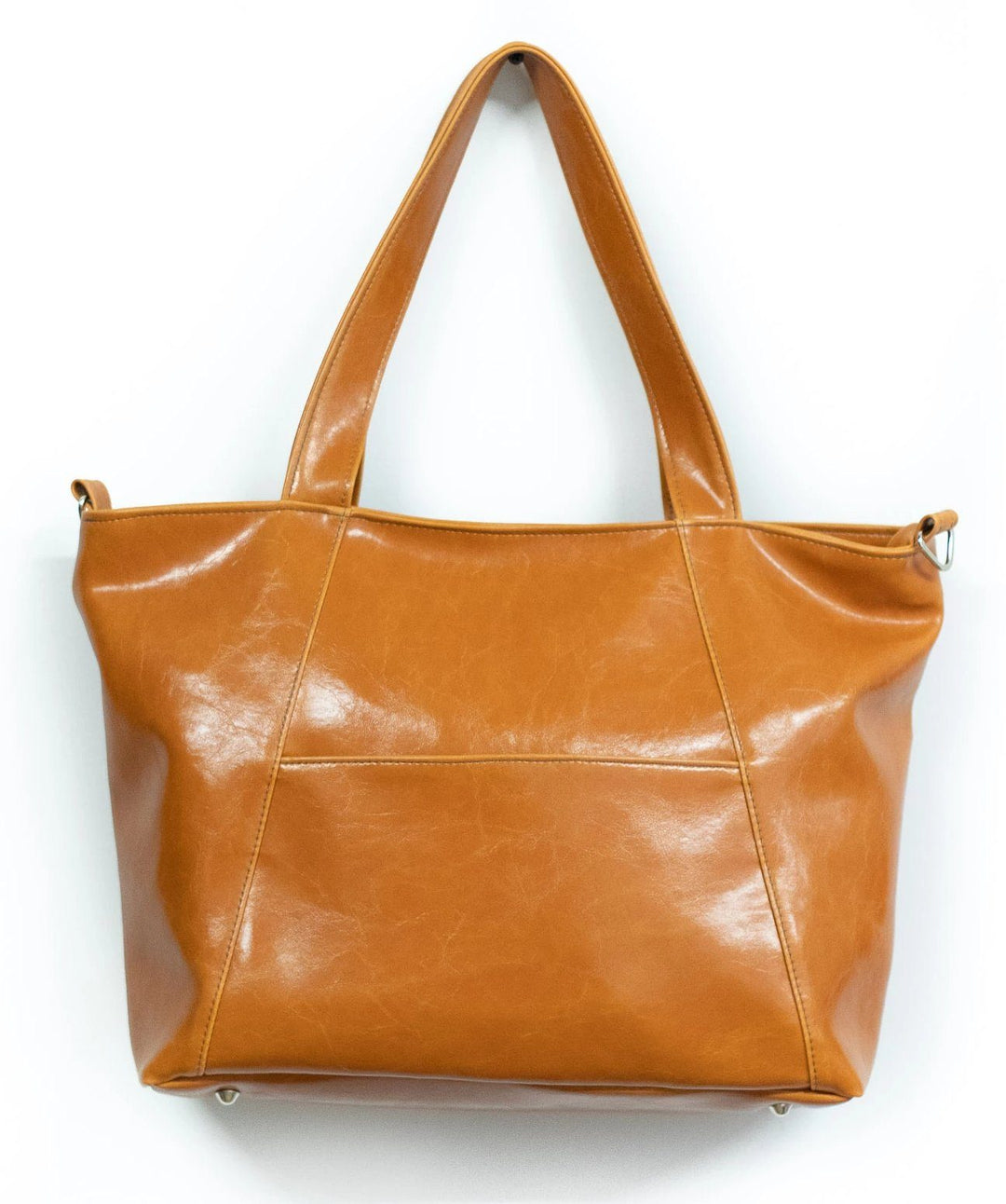
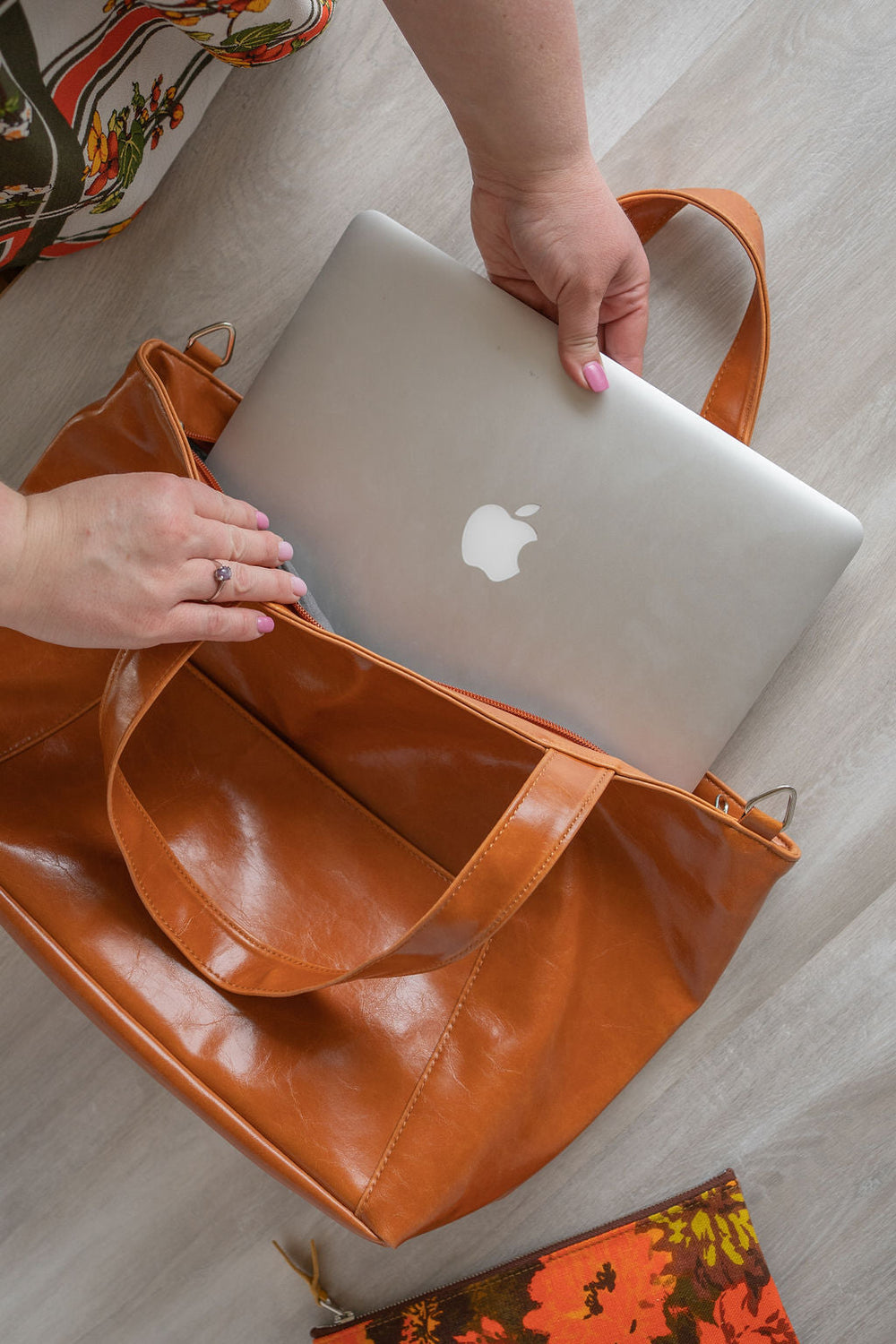

Leave a comment